如何使用 ExecuteScalar 来检索单个项
ExecuteScalar 方法专门适用于仅返回单个值的查询。如果查询返回多个列和/或行,ExecuteScalar 将只返回第一行的第一列。
以下代码说明了如何查找与特定产品 ID 相对应的产品名称:
void GetProductNameExecuteScalar( int ProductID, out string ProductName )
{
using( SqlConnection conn = new SqlConnection(
"server=(local);Integrated Security=SSPI;database=northwind") )
{
SqlCommand cmd = new SqlCommand("LookupProductNameScalar", conn );
cmd.CommandType = CommandType.StoredProcedure;
cmd.Parameters.Add("@ProductID", ProductID );
conn.Open();
ProductName = (string)cmd.ExecuteScalar();
}
}
使用 ExecuteScalar 来检索单个项
|
1.
|
建立一个 SqlCommand 对象来调用存储过程。
|
|
2.
|
打开连接。
|
|
3.
|
调用 ExecuteScalar 方法。注意,该方法返回一个对象类型。它包含检索到的第一列的值,并且必须转化为适当的类型。
|
|
4.
|
关闭连接。
|
上述代码使用了以下存储过程:
CREATE PROCEDURE LookupProductNameScalar
@ProductID int
AS
SELECT TOP 1 ProductName
FROM Products
WHERE ProductID = @ProductID
GO
如何使用存储过程输出或返回参数来检索单个项
可以使用存储过程输出或返回参数来查找单个值。以下代码阐明了输出参数的用法:
void GetProductNameUsingSPOutput( int ProductID, out string ProductName )
{
using( SqlConnection conn = new SqlConnection(
"server=(local);Integrated Security=SSPI;database=northwind") )
{
SqlCommand cmd = new SqlCommand("LookupProductNameSPOutput", conn );
cmd.CommandType = CommandType.StoredProcedure;
SqlParameter paramProdID = cmd.Parameters.Add("@ProductID", ProductID );
ParamProdID.Direction = ParameterDirection.Input;
SqlParameter paramPN =
cmd.Parameters.Add("@ProductName", SqlDbType.VarChar, 40 );
paramPN.Direction = ParameterDirection.Output;
conn.Open();
cmd.ExecuteNonQuery();
ProductName = paramPN.Value.ToString();
}
}
使用存储过程输出参数来检索单个值
|
1.
|
建立一个 SqlCommand 对象来调用存储过程。
|
|
2.
|
通过将 SqlParameters 添加到 SqlCommand 的 Parameters 集合中,设置任何输入参数和单个输出参数。
|
|
3.
|
打开连接。
|
|
4.
|
调用 SqlCommand 对象的 ExecuteNonQuery 方法。
|
|
5.
|
关闭连接。
|
|
6.
|
通过使用输出 SqlParameter 的 Value 属性来检索输出值。
|
上述代码使用了以下存储过程。
CREATE PROCEDURE LookupProductNameSPOutput
@ProductID int,
@ProductName nvarchar(40) OUTPUT
AS
SELECT @ProductName = ProductName
FROM Products
WHERE ProductID = @ProductID
GO
以下代码阐明了如何使用返回值来指明是否存在特定行。从编码角度来看,这类似于使用存储过程输出参数,不同之处在于必须将 SqlParameter 方向显式设置为 ParameterDirection.ReturnValue。
bool CheckProduct( int ProductID )
{
using( SqlConnection conn = new SqlConnection(
"server=(local);Integrated Security=SSPI;database=northwind") )
{
SqlCommand cmd = new SqlCommand("CheckProductSP", conn );
cmd.CommandType = CommandType.StoredProcedure;
cmd.Parameters.Add("@ProductID", ProductID );
SqlParameter paramRet =
cmd.Parameters.Add("@ProductExists", SqlDbType.Int );
paramRet.Direction = ParameterDirection.ReturnValue;
conn.Open();
cmd.ExecuteNonQuery();
}
return (int)paramRet.Value == 1;
}
通过使用存储过程返回值来检查是否存在特定行
|
1.
|
建立一个 SqlCommand 对象来调用存储过程。
|
|
2.
|
设置一个输入参数,该参数含有要访问的行的主键值。
|
|
3.
|
设置单个返回值参数。将一个 SqlParameter 对象添加到 SqlCommand 的 Parameters 集合中,并将其方向设置为 ParameterDirection.ReturnValue。
|
|
4.
|
打开连接。
|
|
5.
|
调用 SqlCommand 对象的 ExecuteNonQuery 方法。
|
|
6.
|
关闭连接。
|
|
7.
|
通过使用返回值 SqlParameter 的 Value 属性来检索返回值。
|
上述代码使用了以下存储过程。
CREATE PROCEDURE CheckProductSP
@ProductID int
AS
IF EXISTS( SELECT ProductID
FROM Products
WHERE ProductID = @ProductID )
return 1
ELSE
return 0
GO
如何使用 SqlDataReader 来检索单个项
可以使用 SqlDataReader 对象并通过调用命令对象的 ExecuteReader 方法来获取单个输出值。这要求编写稍微多一点的代码,因为必须调用 SqlDataReader Read 方法,然后通过该读取器的访问器方法之一来检索需要的值。以下代码阐明了 SqlDataReader 对象的用法。
bool CheckProductWithReader( int ProductID )
{
using( SqlConnection conn = new SqlConnection(
"server=(local);Integrated Security=SSPI;database=northwind") )
{
SqlCommand cmd = new SqlCommand("CheckProductExistsWithCount", conn );
cmd.CommandType = CommandType.StoredProcedure;
cmd.Parameters.Add("@ProductID", ProductID );
cmd.Parameters["@ProductID"].Direction = ParameterDirection.Input;
conn.Open();
using( SqlDataReader reader = cmd.ExecuteReader(
CommandBehavior.SingleResult ) )
{
if( reader.Read() )
{
return (reader.GetInt32(0) > 0);
}
return false;
}
}
上述代码采用了以下存储过程。
CREATE PROCEDURE CheckProductExistsWithCount
@ProductID int
AS
SELECT COUNT(*) FROM Products
WHERE ProductID = @ProductID
GO
如何编写 ADO.NET 手动事务处理代码
以下代码显示了如何充分利用 SQL Server .NET 数据提供程序所提供的事务处理支持,通过事务来保护资金转帐操作。该操作在同一数据库中的两个帐户之间转移资金。
public void TransferMoney( string toAccount, string fromAccount, decimal amount )
{
using ( SqlConnection conn = new SqlConnection(
"server=(local);Integrated Security=SSPI;database=SimpleBank" ) )
{
SqlCommand cmdCredit = new SqlCommand("Credit", conn );
cmdCredit.CommandType = CommandType.StoredProcedure;
cmdCredit.Parameters.Add( new SqlParameter("@AccountNo", toAccount) );
cmdCredit.Parameters.Add( new SqlParameter("@Amount", amount ));
SqlCommand cmdDebit = new SqlCommand("Debit", conn );
cmdDebit.CommandType = CommandType.StoredProcedure;
cmdDebit.Parameters.Add( new SqlParameter("@AccountNo", fromAccount) );
cmdDebit.Parameters.Add( new SqlParameter("@Amount", amount ));
conn.Open();
// Start a new transaction
using ( SqlTransaction trans = conn.BeginTransaction() )
{
// Associate the two command objects with the same transaction
cmdCredit.Transaction = trans;
cmdDebit.Transaction = trans;
try
{
cmdCredit.ExecuteNonQuery();
cmdDebit.ExecuteNonQuery();
// Both commands (credit and debit) were successful
trans.Commit();
}
catch( Exception ex )
{
// transaction failed
trans.Rollback();
// log exception details . . .
throw ex;
}
}
}
}
如何使用 Transact-SQL 执行事务处理
以下存储过程阐明了如何在 Transact-SQL 存储过程内部执行事务性资金转帐操作。
CREATE PROCEDURE MoneyTransfer
@FromAccount char(20),
@ToAccount char(20),
@Amount money
AS
BEGIN TRANSACTION
-- PERFORM DEBIT OPERATION
UPDATE Accounts
SET Balance = Balance - @Amount
WHERE AccountNumber = @FromAccount
IF @@RowCount = 0
BEGIN
RAISERROR('Invalid From Account Number', 11, 1)
GOTO ABORT
END
DECLARE @Balance money
SELECT @Balance = Balance FROM ACCOUNTS
WHERE AccountNumber = @FromAccount
IF @BALANCE < 0
BEGIN
RAISERROR('Insufficient funds', 11, 1)
GOTO ABORT
END
-- PERFORM CREDIT OPERATION
UPDATE Accounts
SET Balance = Balance + @Amount
WHERE AccountNumber = @ToAccount
IF @@RowCount = 0
BEGIN
RAISERROR('Invalid To Account Number', 11, 1)
GOTO ABORT
END
COMMIT TRANSACTION
RETURN 0
ABORT:
ROLLBACK TRANSACTION
GO
该存储过程使用 BEGIN TRANSACTION、COMMIT TRANSACTION 和 ROLLBACK TRANSACTION 语句来手动控制该事务。
如何编写事务性 .NET 类
以下示例代码显示了三个服务性 .NET 托管类,这些类经过配置以执行自动事务处理。每个类都使用 Transaction 属性进行了批注,该属性的值确定是否应该启动新的事务流,或者该对象是否应该共享其直接调用方的事务流。这些组件协同工作来执行银行资金转帐任务。Transfer 类被使用 RequiresNew 事务属性进行了配置,而 Debit 和 Credit 被使用 Required 进行了配置。结果,所有这三个对象在运行时都将共享同一事务。
using System;
using System.EnterpriseServices;
[Transaction(TransactionOption.RequiresNew)]
public class Transfer : ServicedComponent
{
[AutoComplete]
public void Transfer( string toAccount,
string fromAccount, decimal amount )
{
try
{
// Perform the debit operation
Debit debit = new Debit();
debit.DebitAccount( fromAccount, amount );
// Perform the credit operation
Credit credit = new Credit();
credit.CreditAccount( toAccount, amount );
}
catch( SqlException sqlex )
{
// Handle and log exception details
// Wrap and propagate the exception
throw new TransferException( "Transfer Failure", sqlex );
}
}
}
[Transaction(TransactionOption.Required)]
public class Credit : ServicedComponent
{
[AutoComplete]
public void CreditAccount( string account, decimal amount )
{
try
{
using( SqlConnection conn = new SqlConnection(
"Server=(local); Integrated Security=SSPI"; database="SimpleBank") )
{
SqlCommand cmd = new SqlCommand("Credit", conn );
cmd.CommandType = CommandType.StoredProcedure;
cmd.Parameters.Add( new SqlParameter("@AccountNo", account) );
cmd.Parameters.Add( new SqlParameter("@Amount", amount ));
conn.Open();
cmd.ExecuteNonQuery();
}
}
}catch( SqlException sqlex ){
// Log exception details here
throw; // Propagate exception
}
}
[Transaction(TransactionOption.Required)]
public class Debit : ServicedComponent
{
public void DebitAccount( string account, decimal amount )
{
try
{
using( SqlConnection conn = new SqlConnection(
"Server=(local); Integrated Security=SSPI"; database="SimpleBank") )
{
SqlCommand cmd = new SqlCommand("Debit", conn );
cmd.CommandType = CommandType.StoredProcedure;
cmd.Parameters.Add( new SqlParameter("@AccountNo", account) );
cmd.Parameters.Add( new SqlParameter("@Amount", amount ));
conn.Open();
cmd.ExecuteNonQuery();
}
}
catch (SqlException sqlex)
{
// Log exception details here
throw; // Propagate exception back to caller
}
}
}
标签:
本站文章除注明转载外,均为本站原创或翻译。欢迎任何形式的转载,但请务必注明出处、不得修改原文相关链接,如果存在内容上的异议请邮件反馈至chenjj@evget.com

 首页
首页 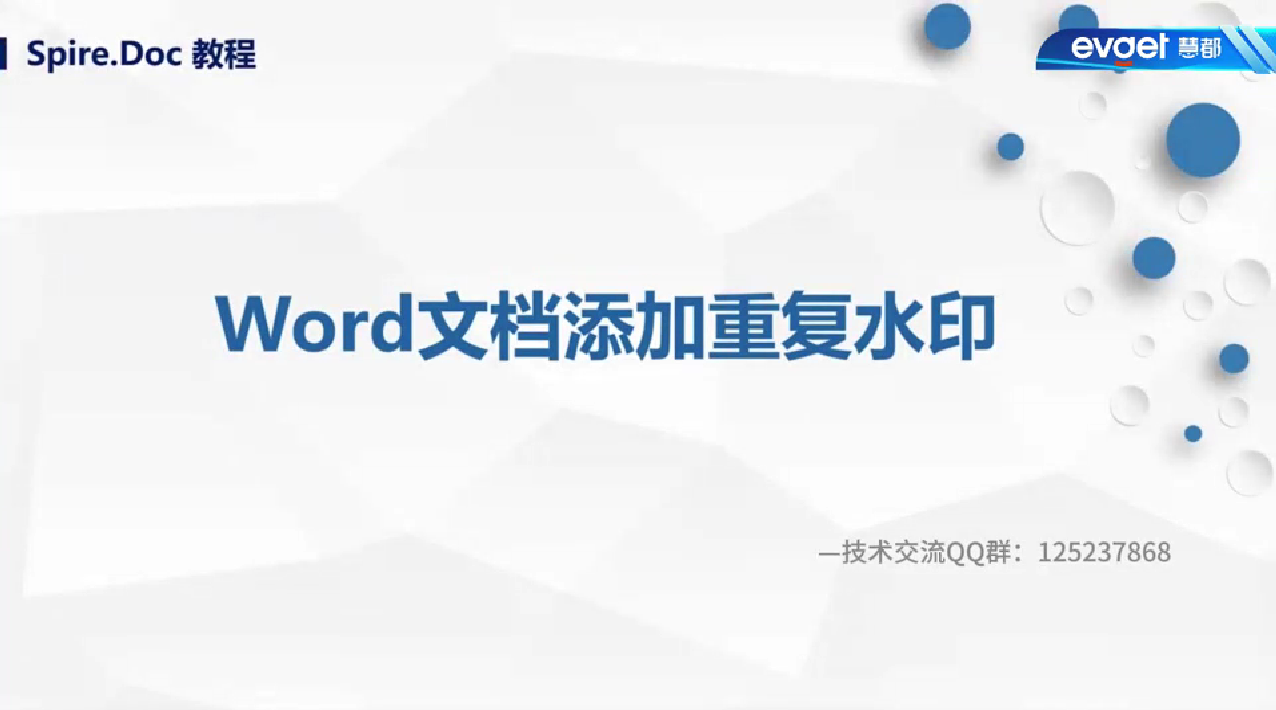


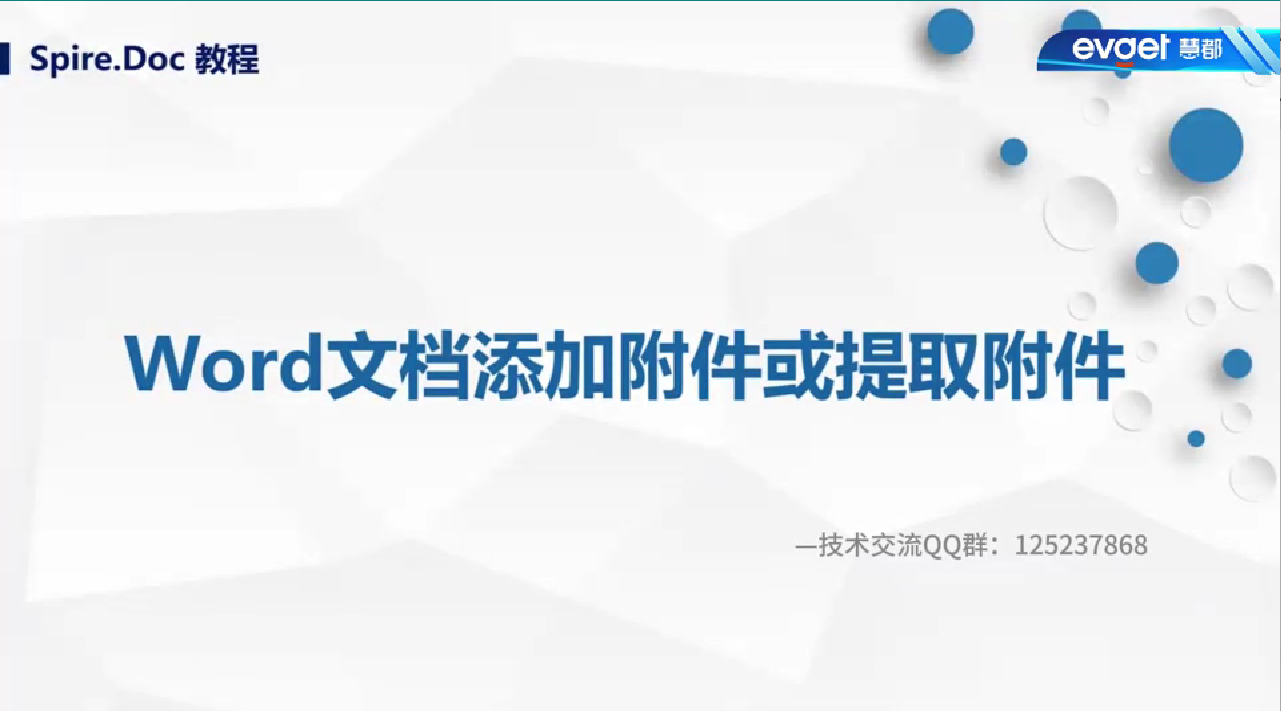
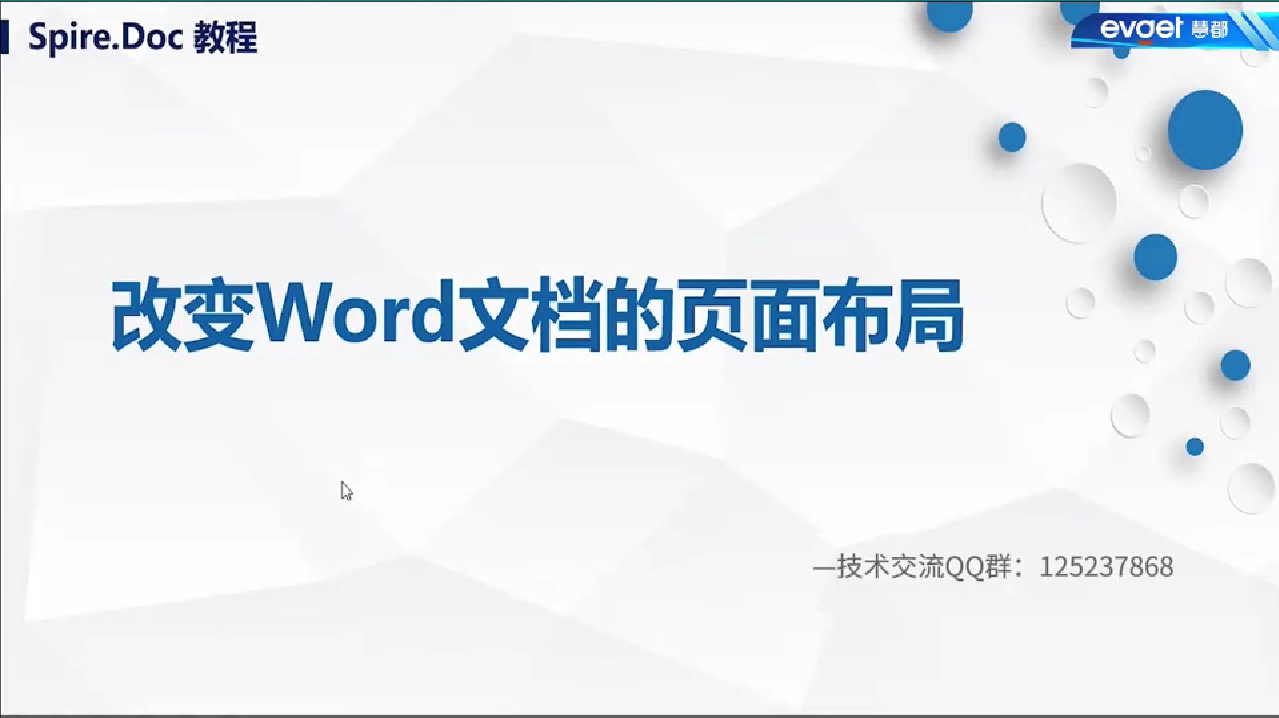











 281次
281次
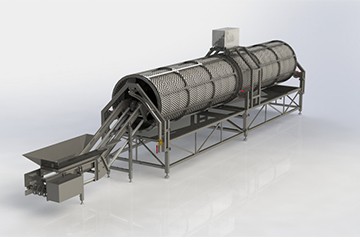
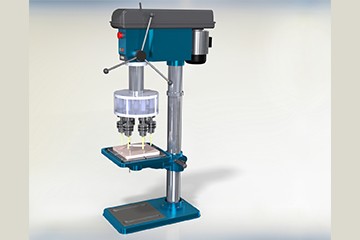
 相关文章
相关文章 

 在线咨询
在线咨询




 渝公网安备
50010702500608号
渝公网安备
50010702500608号

 客服热线
客服热线